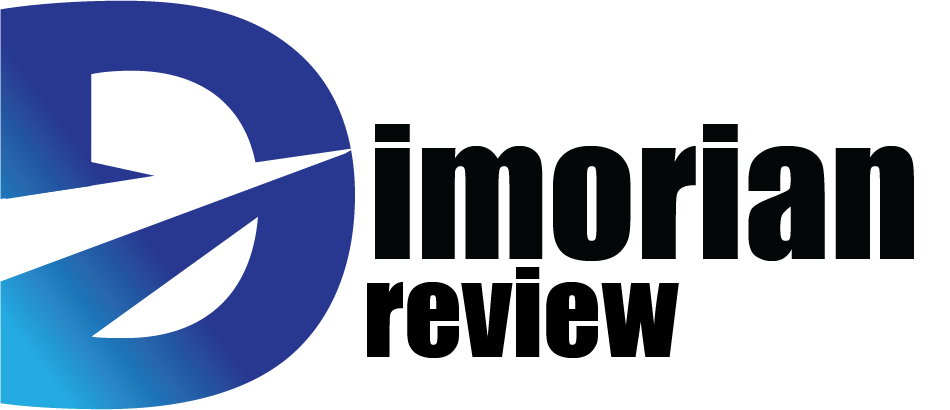As the US government shutdown nears its conclusion, the focus now shifts to the House of Representatives, where lawmakers will vote on a critical funding bill to end the crisis. While the Senate has already passed the bill, the House vote remains uncertain, with several potential obstacles that could derail the effort. As the clock ticks, the fate of the bill and the broader economic stability of the nation hang in the balance. Here are four key challenges lawmakers in the House face in their attempt to pass the funding bill and end the shutdown.
- Divisions Within the Republican Party
One of the most significant obstacles to a successful House vote is the deep division within the Republican Party. The party is split between its more moderate members, who support the funding bill as a means of preventing further harm to government services, and its hardline conservatives, who oppose the bill’s provisions and argue that it doesn’t do enough to curb government spending.
Hardline Republicans have been vocal about their dissatisfaction with the bill, accusing Senate leaders of compromising too much. They argue that the funding bill should include stronger measures to reduce government spending, particularly in areas like welfare programs and federal agencies. This internal division creates a challenge for Speaker of the House Kevin McCarthy, who will need to find a delicate balance between appeasing both factions to secure enough votes for the bill to pass.
- The Impact of Government Funding Provisions
The bill passed in the Senate contains provisions that allocate significant funding to various sectors, including national defense, public health, and social security programs. However, some lawmakers in the House are concerned that these allocations do not align with their priorities. While many support defense spending, they argue that the bill’s provisions for domestic programs, such as social welfare and public health, are excessive and do not address the root cause of the country’s fiscal issues.
These concerns could lead to significant opposition from fiscal conservatives in the House, who are pushing for spending cuts in non-defense areas. With Republicans controlling the House, their more conservative wing holds significant sway over the outcome of the vote. If they succeed in rallying against the bill, it could face an uphill battle in securing the necessary votes.
- Bipartisan Cooperation
Another major challenge is ensuring bipartisan cooperation. While the Senate passed the funding bill with bipartisan support, the House vote will require similar collaboration. Democrats in the House have shown a willingness to support the bill, but only if certain provisions are included, such as additional disaster relief funding and measures to address climate change.
Republicans, particularly in the House, have been resistant to including such provisions, viewing them as unnecessary spending. This ideological divide between the two parties could create a significant hurdle, with Democrats demanding concessions in exchange for their support. If both sides fail to reach a compromise, the bill could face a deadlock, delaying a resolution to the shutdown.
- Timing and Political Pressure
The political pressure surrounding the House vote is another potential obstacle. As the shutdown continues, public frustration grows, and lawmakers face increasing pressure to act quickly. A prolonged shutdown could harm the economy, disrupt government services, and diminish public trust in elected officials.
However, timing could be an issue. With a limited amount of time remaining before the government runs out of funding, House leaders may find it difficult to secure a deal that satisfies both sides. The political stakes are high, and any missteps could result in a failure to pass the bill, prolonging the shutdown and exacerbating the crisis.
Conclusion
The path to ending the US government shutdown remains fraught with obstacles. Divisions within the Republican Party, disagreements over government funding priorities, the need for bipartisan cooperation, and the pressures of timing all pose significant challenges in securing a successful House vote. As lawmakers work to navigate these hurdles, the nation waits to see whether they can overcome these obstacles and bring the shutdown to a swift and effective end. The outcome of the House vote will determine not only the future of the shutdown but also the broader political landscape in the coming months.
